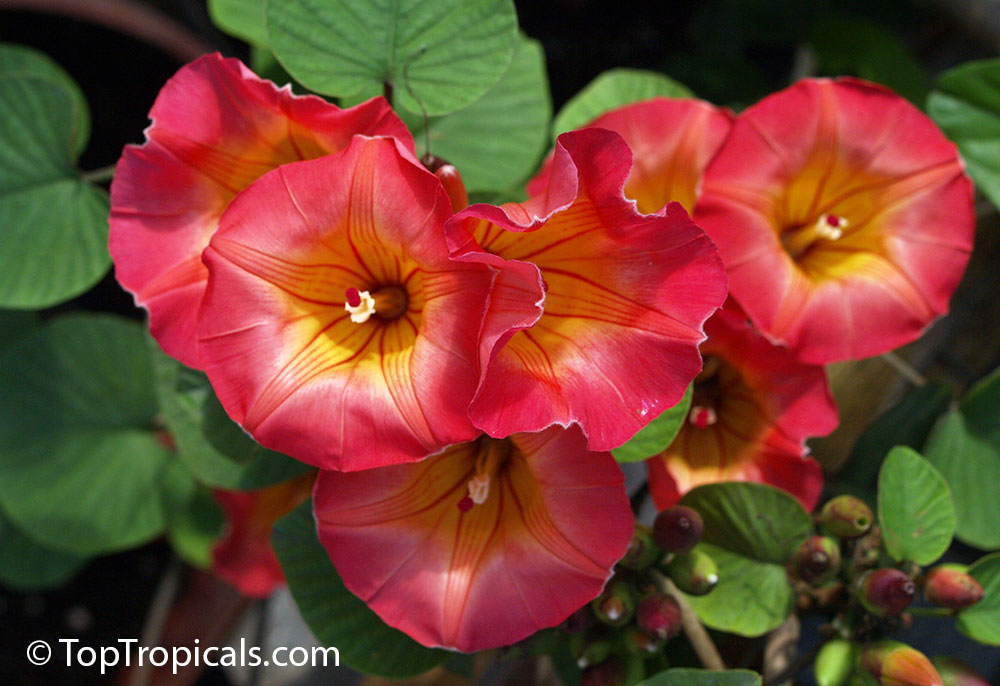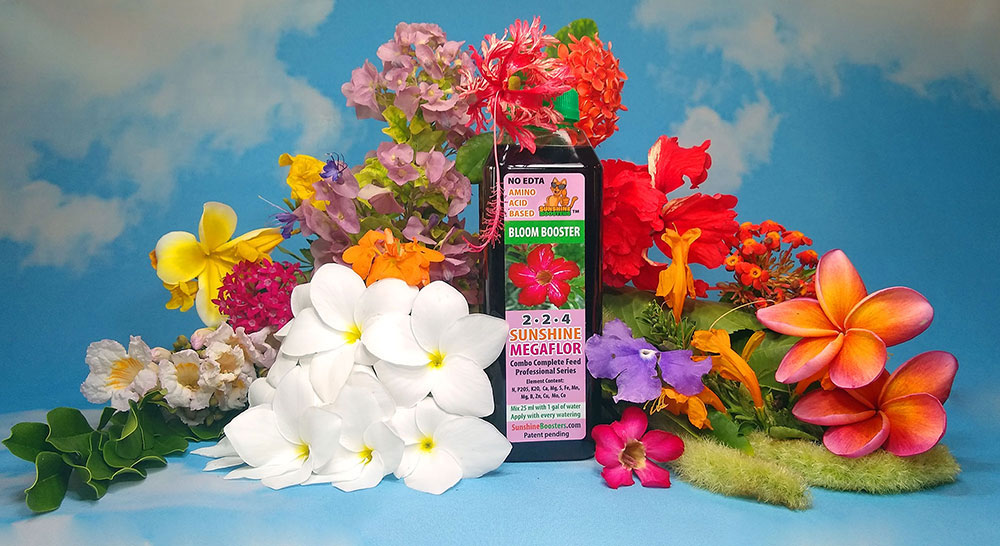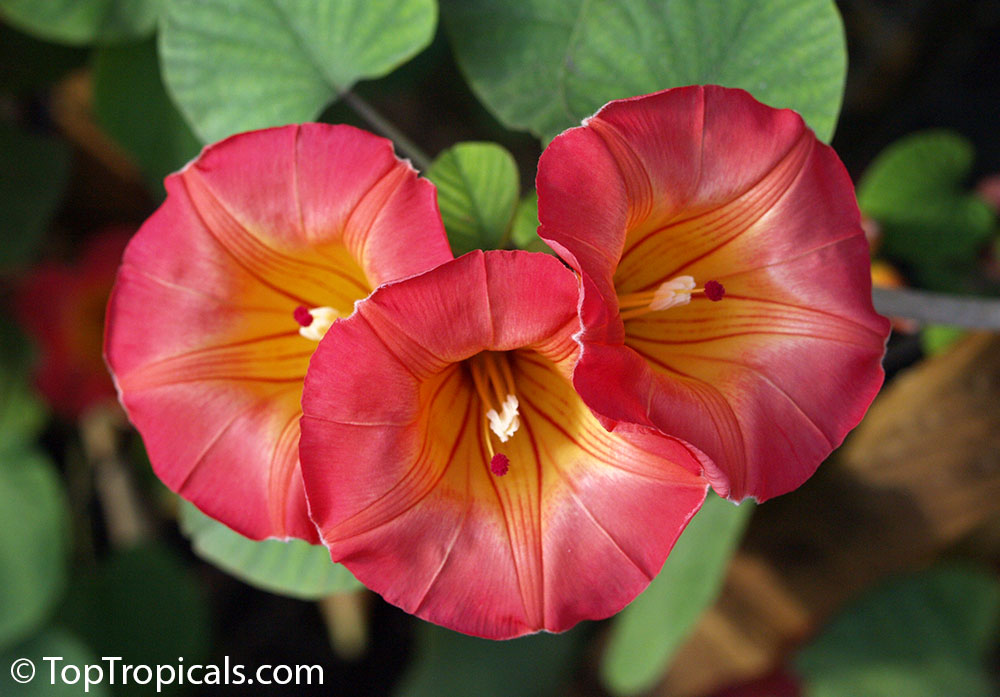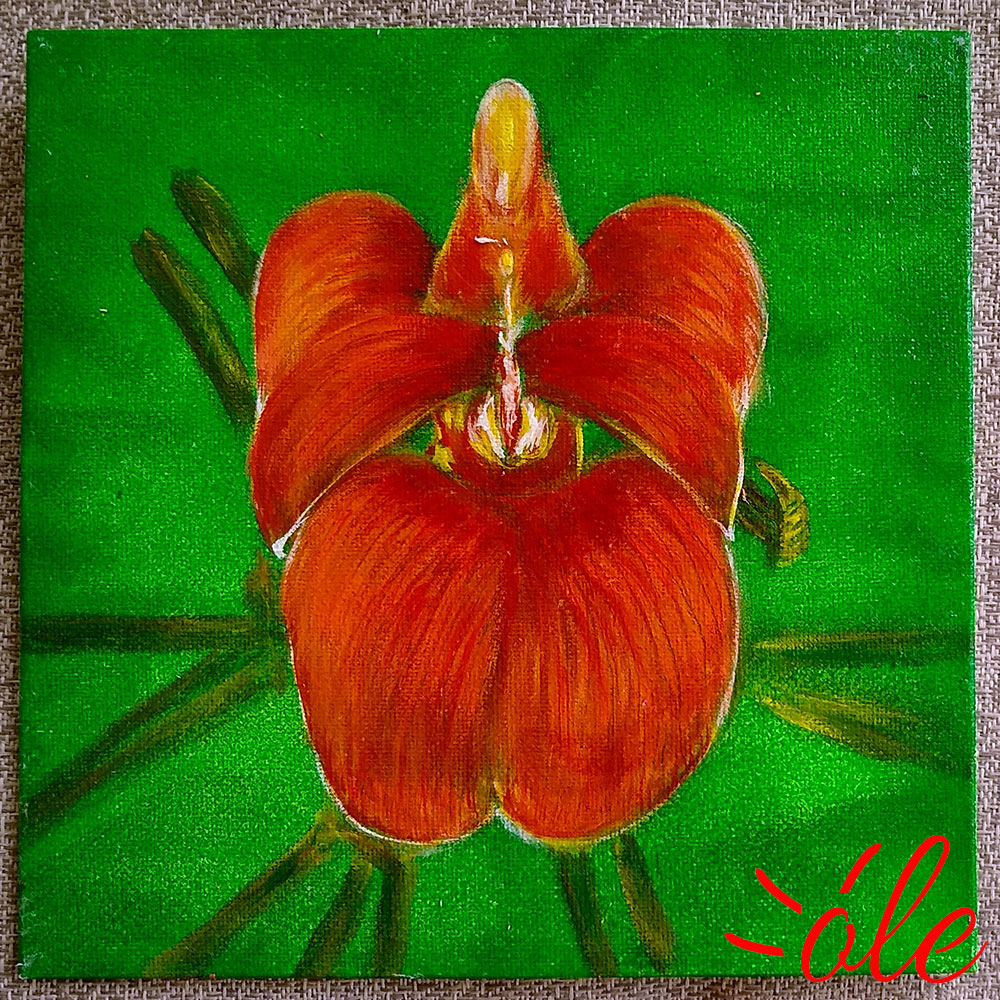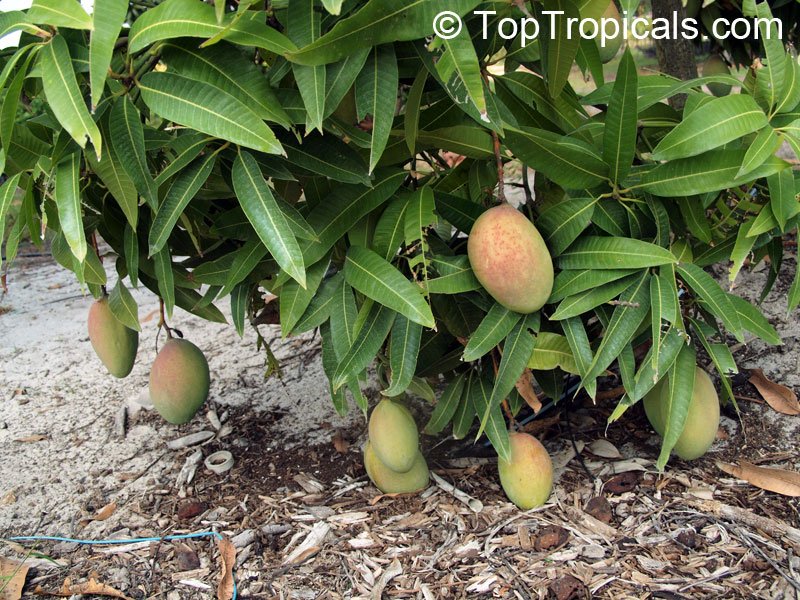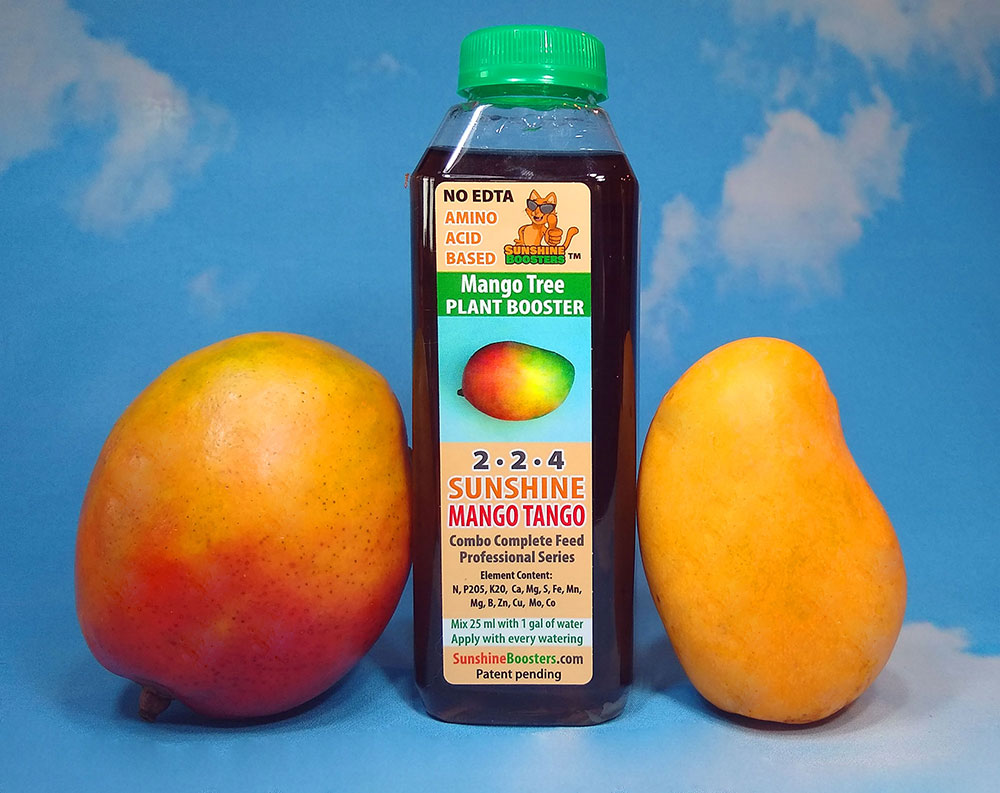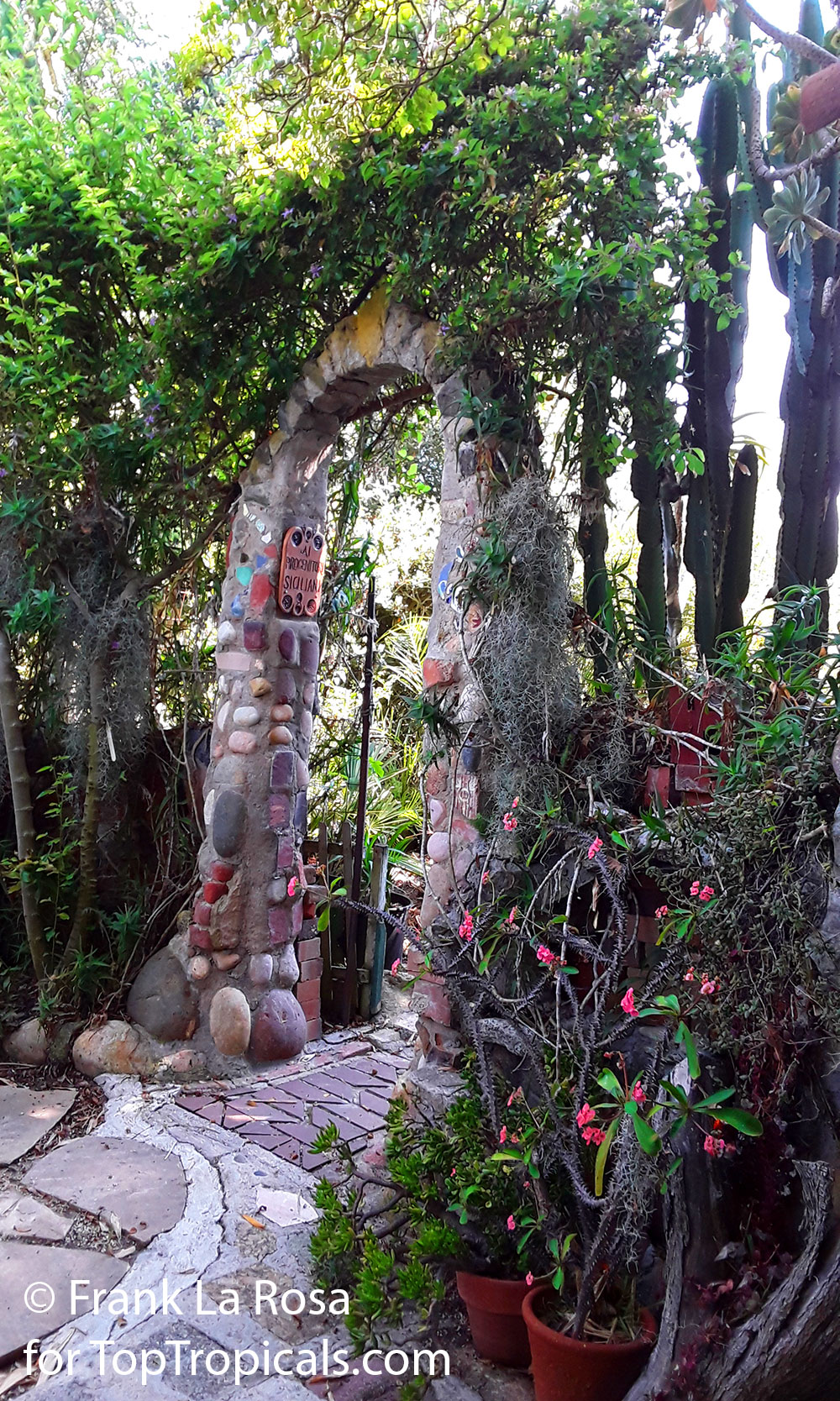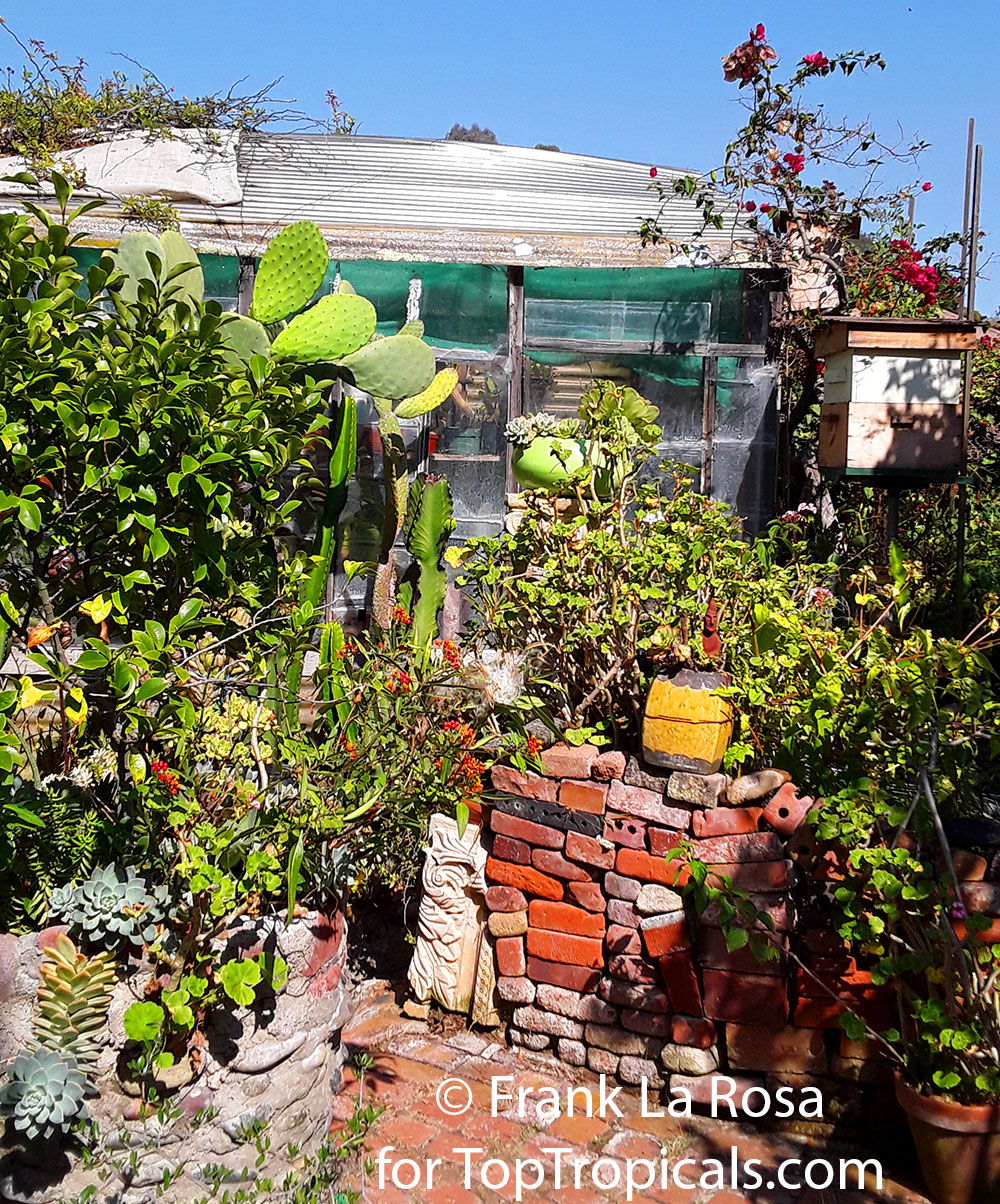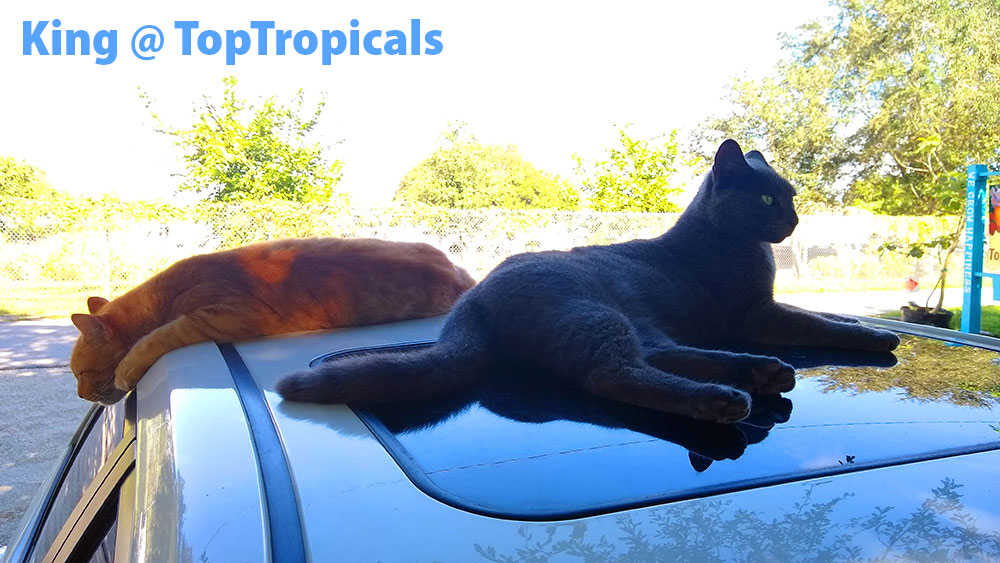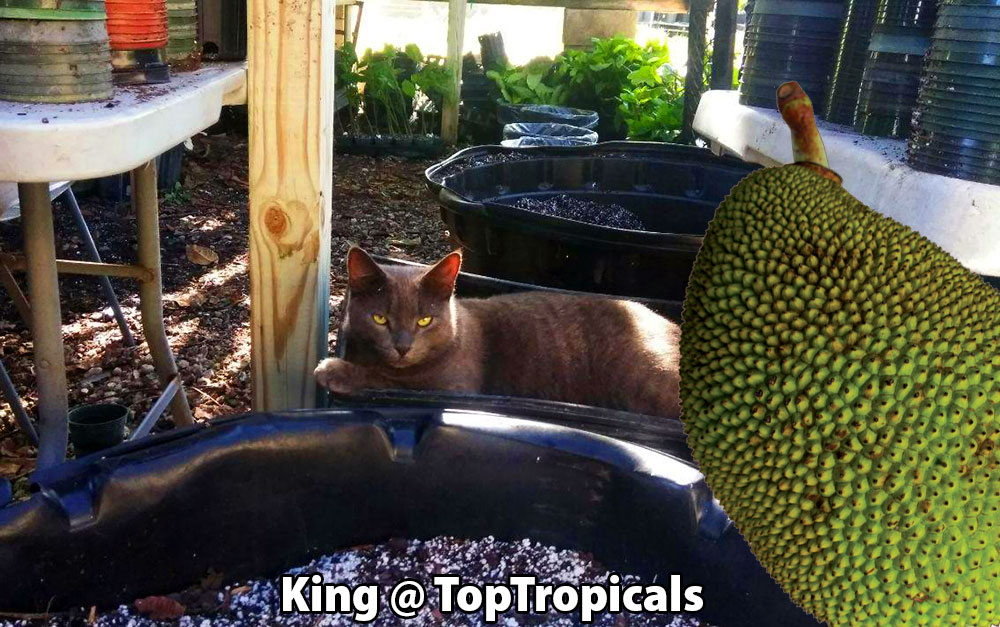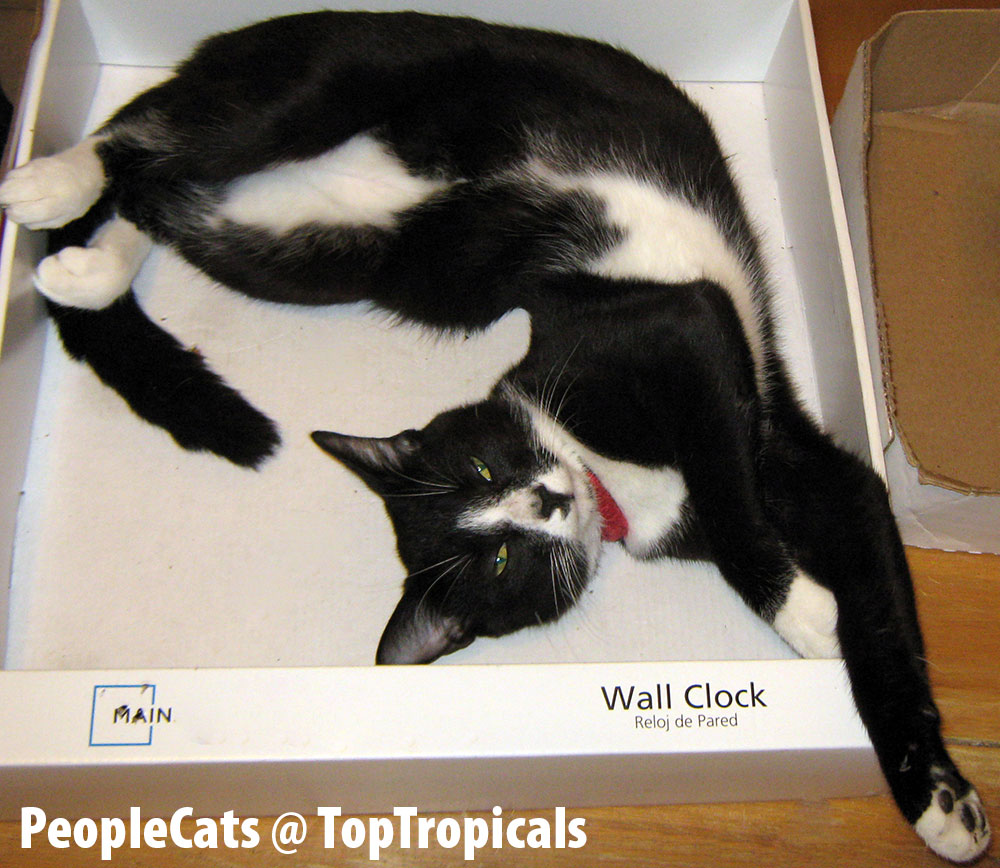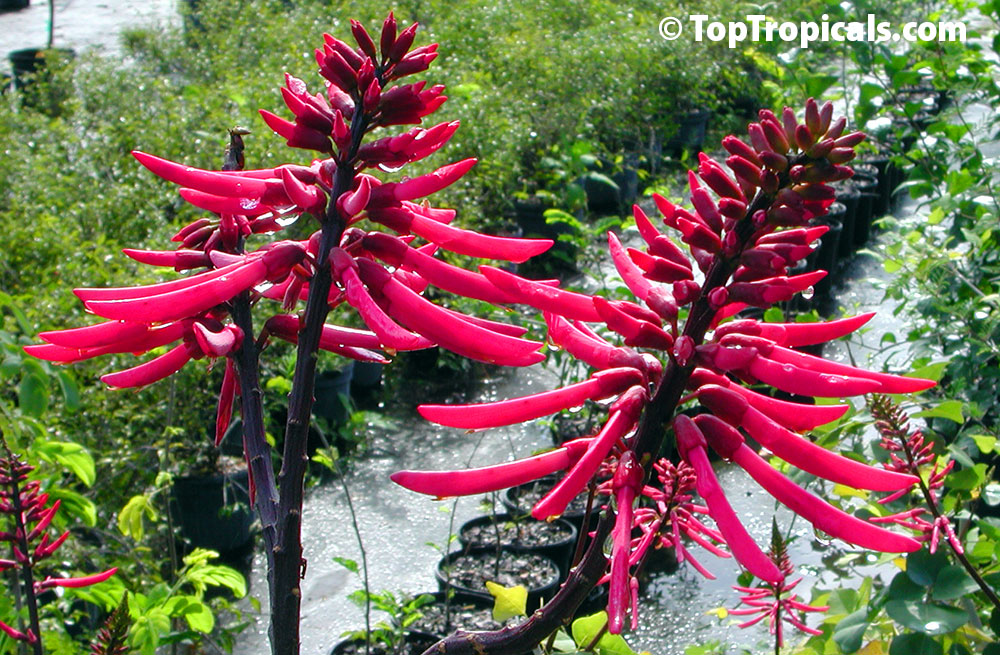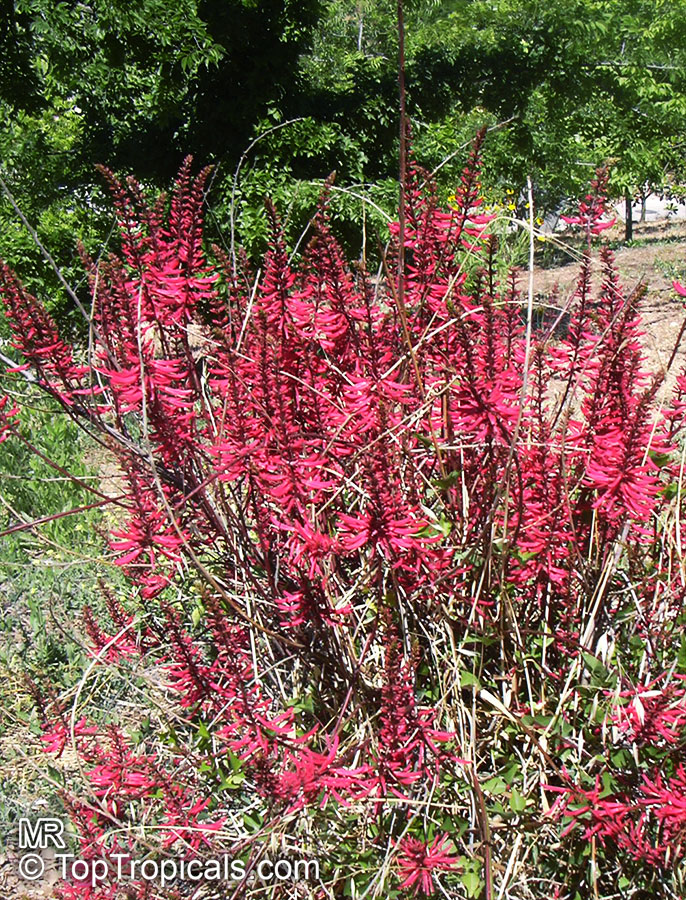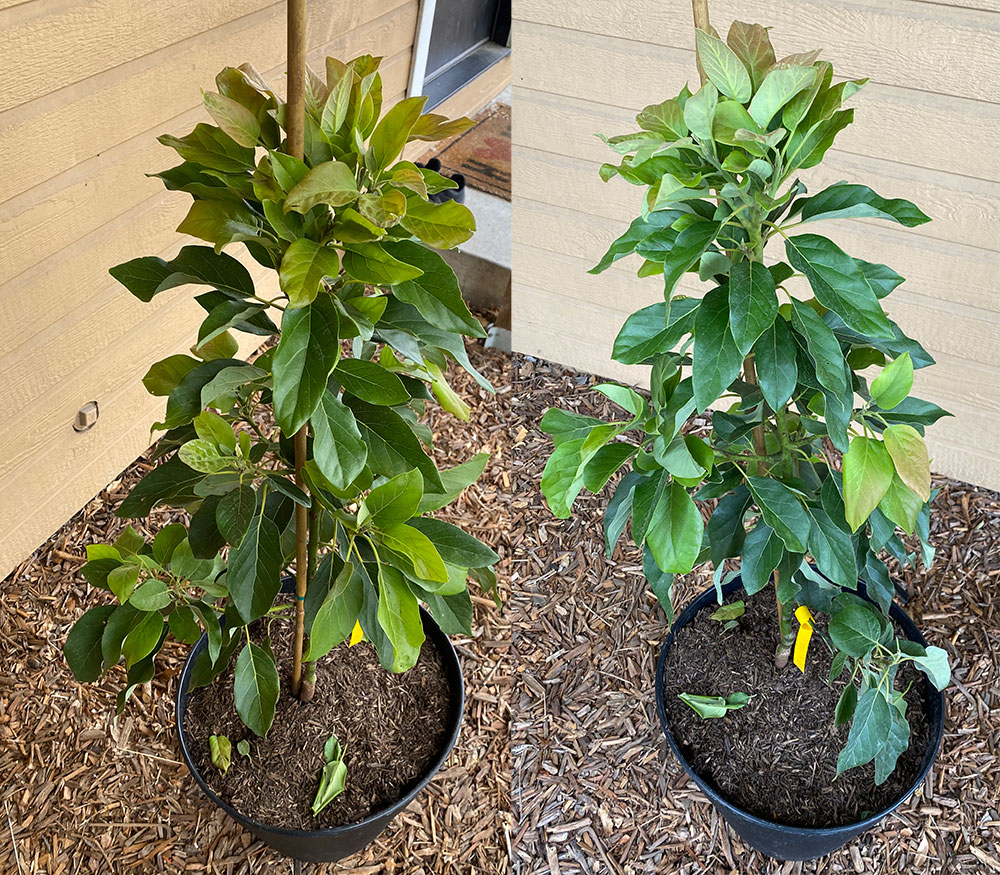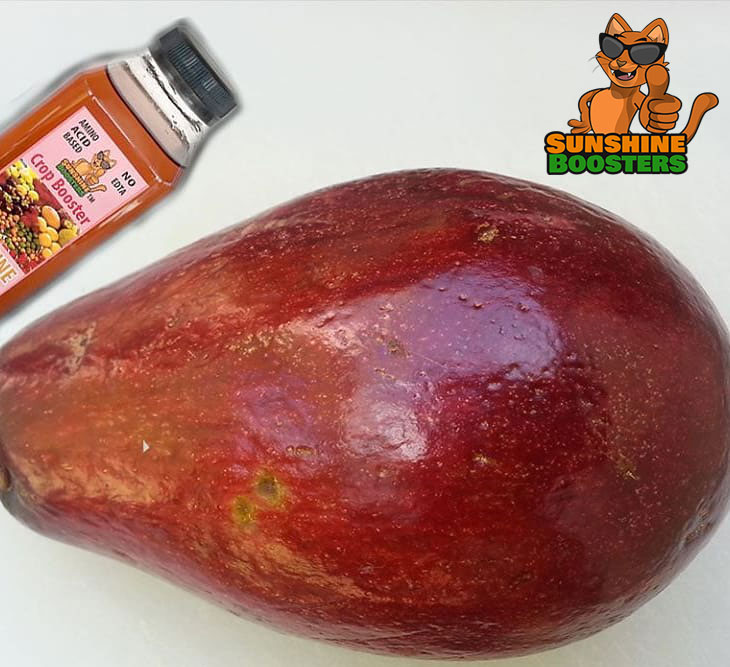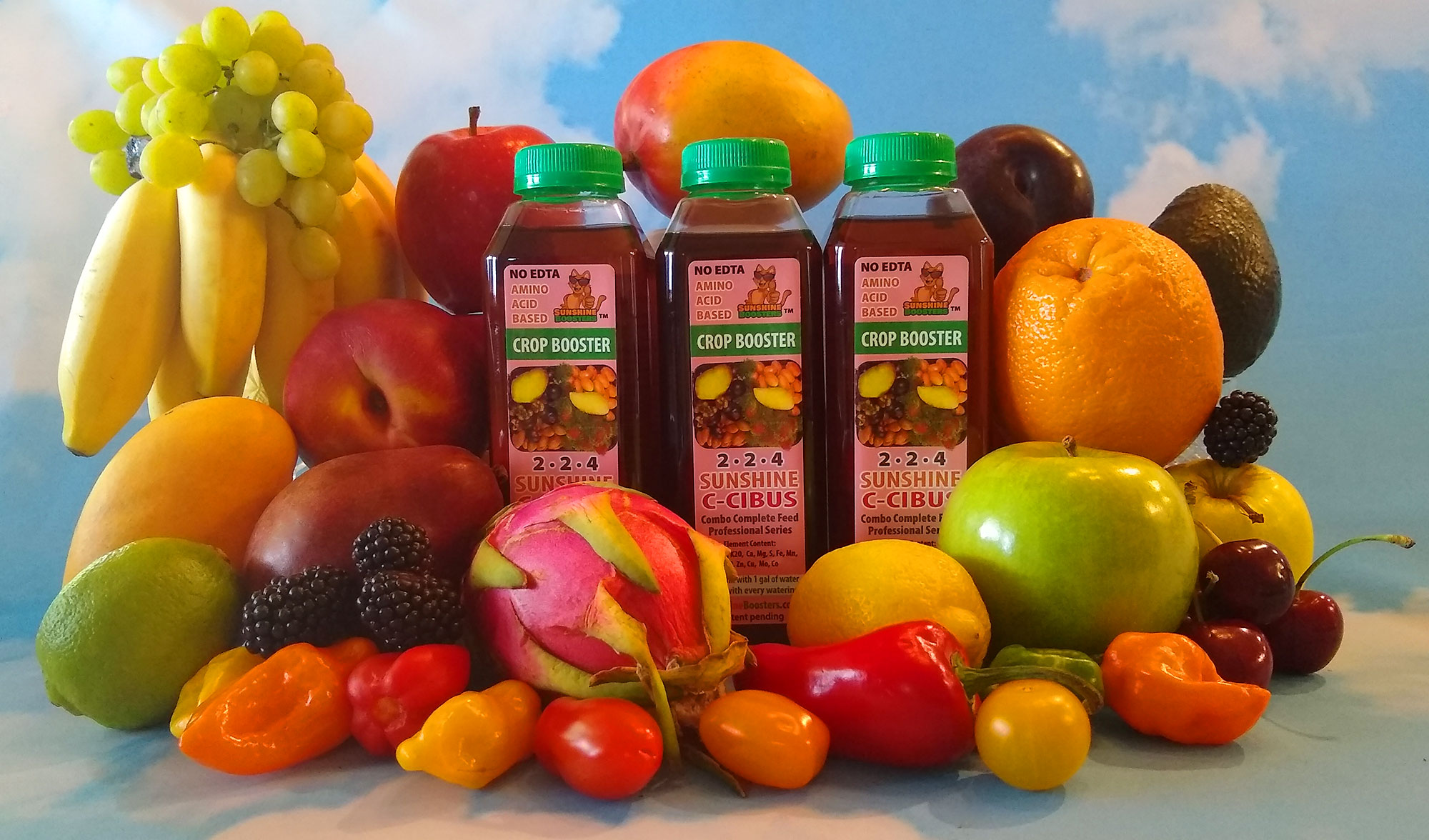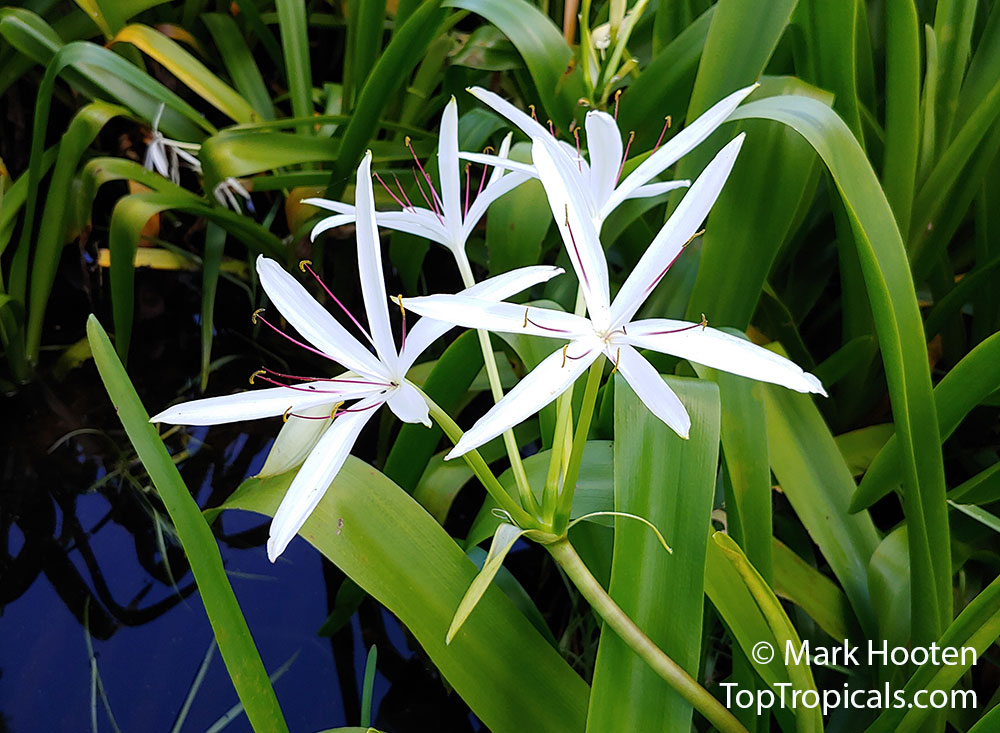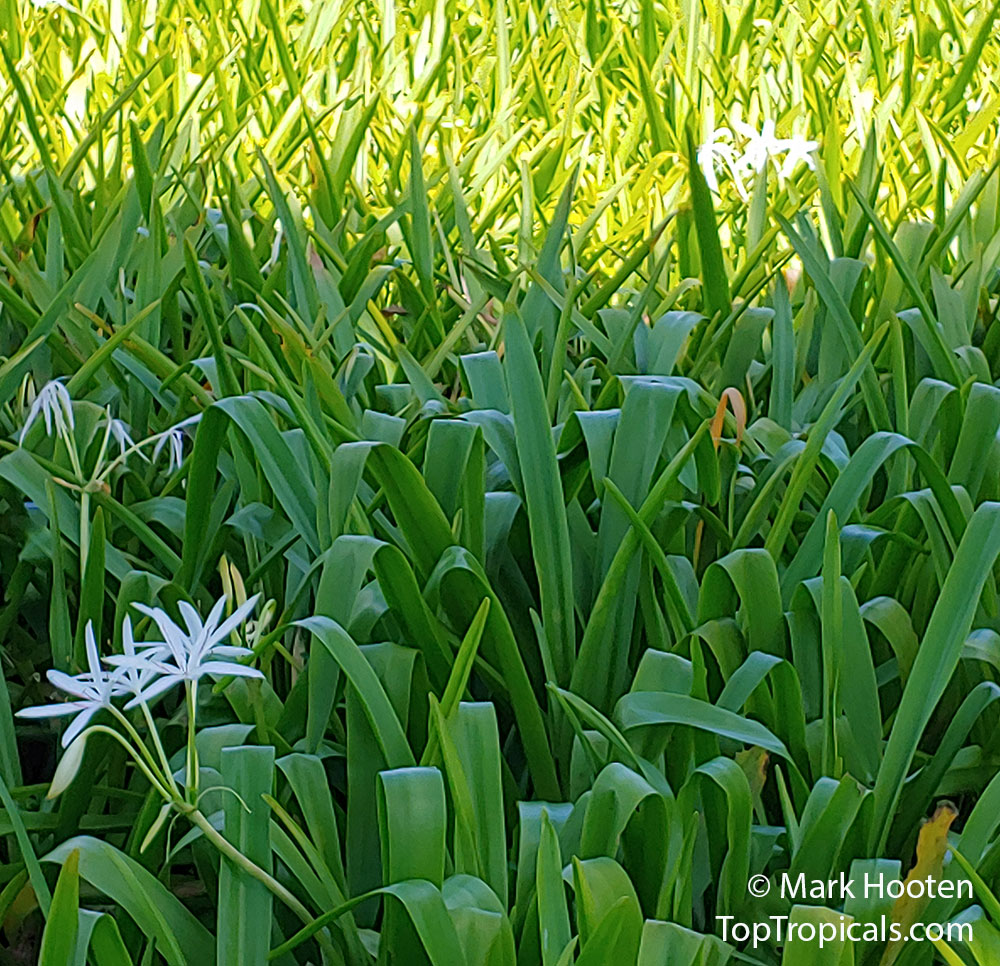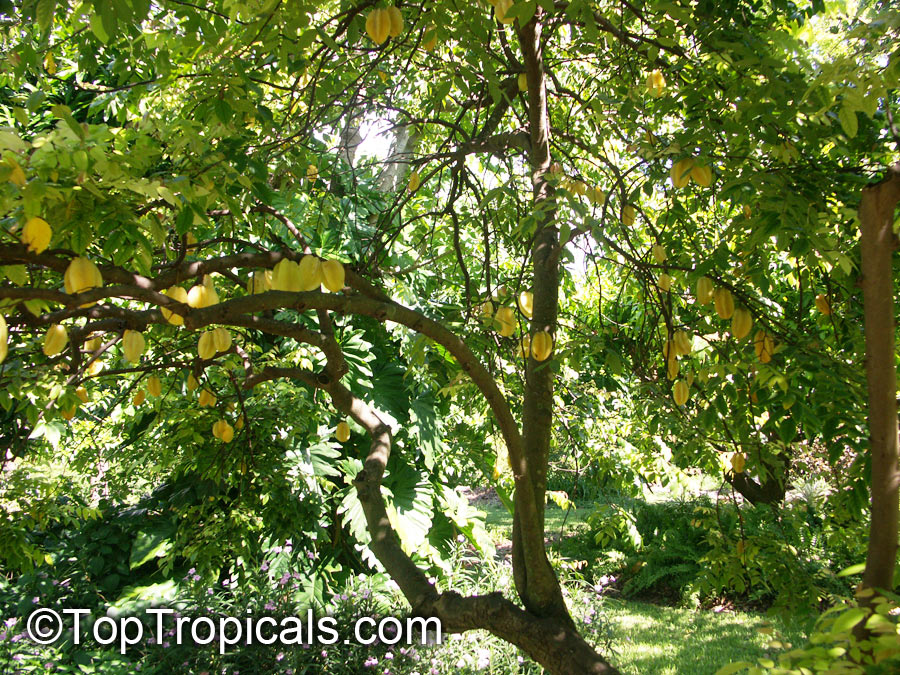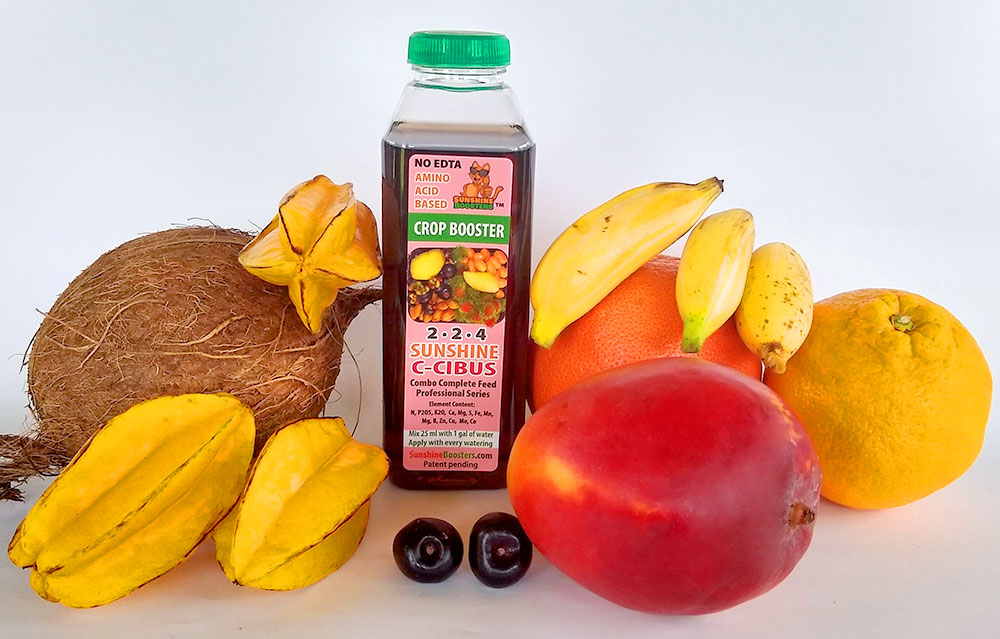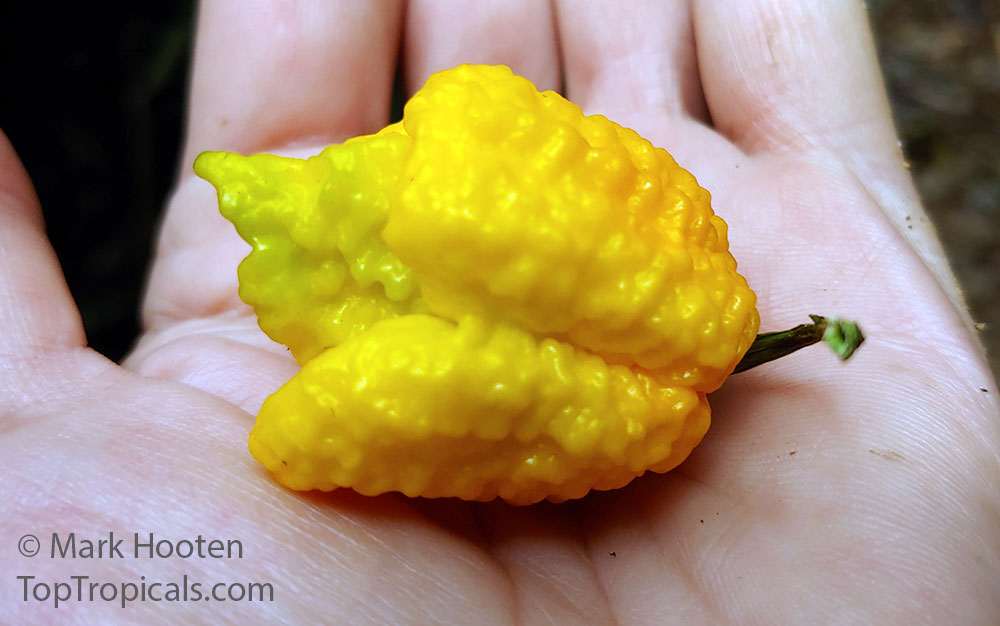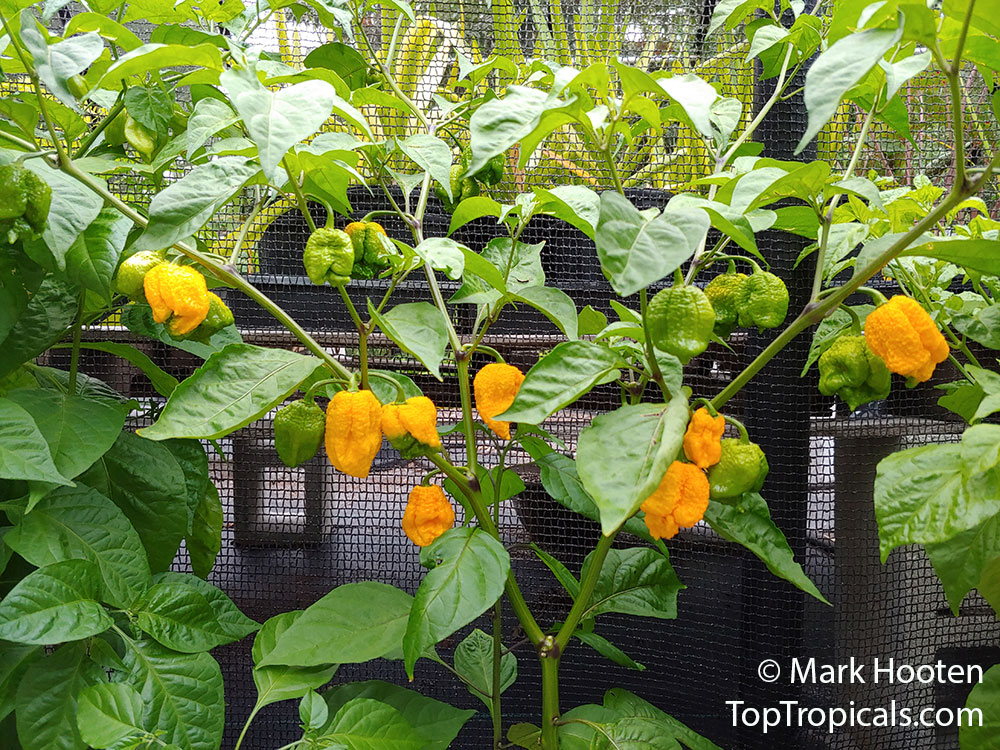Garden Blog - Top Tropicals
Date:
Healthy Plant Food: Q&A from Mr Booster
Encouraging blooms on the Hawaiian Sunset Bell Vine
Q: Please can you advise how to encourage the Stictocardia beraviensis the Hawaiian Sunset Bell vine blooms? Mine is all beautiful leaves and full sun in Miami.
A: Providing full sun, Stictocardia blooms profusely. In your area, it
should be happy and thriving. However, keep in mind that these flowers can be seasonal (meaning, not ever-blooming). The good
news it, Hawaiian Sunset Bell usually blooms several times a year on and off. In our garden, we have a large plant growing in
the ground and covering a whole fence; we see flowers 3 times a year:
- Early Spring
- Summer (sporadically)
- Late Fall to early Winter
Make sure to provide proper fertilizer to encourage blooms. It is especially important if you grow this plant in container (where nutrients are very limited). We suggest the following fertilizer for your Stictocardia:
SUNSHINE Megaflor - Bloom Nutrition Booster
Date:
Tropical Paintings by Olena Light
Talent Introduction
Exotic flowers, amazing tropical birds, cats and even portraits... all look alive by Olena Light
Check out Olena's page and her private collection of exclusive art that TopTropicals is honored to have especially for you, Tropical Garden connoisseurs, at introductory price. Hurry up, Olena is getting famous!..
CONTINUE READING
Date:
Healthy Plant Food
Q&A from Mr Booster
How to make Mango tree fruit
Q: Hello, I have a five-year-old Lemon Meringue tree that has only given me fruit one year. It put out about 50 mangoes and has done nothing for the past three years. Do you recommend any vitamins or any of the nutrients that you guys sell to help with this for next season?
A: We've had very similar problem with our Nam Doc Mai Mango tree, fruited once and no more next year. Usually the reason is nutrients deficiency, here in Florida we have poor soils.
We applied Mango-Tango tree booster and it
started flowering within a couple of weeks.
Generally, Mango flowering season is over by now, however, we recommend to
feed the tree starting now, during active growth season. This way it will get
better established before winter and also will store away all elements
necessary for triggering flowering and fruiting. So by late Fall through Winter it
will be ready to flower.
Along with the fertilizer, additional micro-element supplements will be
beneficial. For improving fruit quality and increasing number of flowers, we
also recommend to use
SUNSHINE-Honey - sugar booster
SUNSHINE Mango Tango - Mango Tree Booster, for healthy mango trees and profuse fruit production.
SUNSHINE Honey - a natural supplements that makes fruit sweeter, and increases fruit quantity and quality.
Date:
Memory Garden: Do It Yourself Paradise
A true moment of peace, calm, and gratitude...
by Frank La Rosa, Del Mar, CA
...I term my garden one of memories because almost every plant in it
have been given to me by some person that I cared for. The Sicilian jasmin came
from a nice lady who brought it from Sicilia in her purse, and she in turn
gave me a cutting from which I have propagated three more plants. The Mermaid
rose came from my father-in-law a rosarian, who "bootlegged" it, actually (in
his boot) in the trunk of his car as he drove from Texas where he lived.
Today that rose reaches up up the second story and covers the arch out
front...
I have made four stone arches in this Memory garden. One is the entrance
to the Chapel of All Good Spirits. It took me two years to build it from
stones I collected from many loved places...
CONTINUE READING >>
Date:
PeopleCats of TopTropicals. Cat of The Month: Greenhouse King
King continues being on top of the poll... thanks to his adventurous
nature. This Purrrson just loves to travel! He likes driving and biking. How many times we pulled him out of customer's car or delivery truck!
Sure thing, he just did it again, joining contractor's team. Luckily he was noticed hiding in the back of the truck before the driver hit the highway!
ATTENTION VISITORS!
We are reminding you, please check your vehicles for cats before you leave!
On a bright side, King has been very helpful, helping to plant newly
arrived plant shipment from Thailand.
For those of you who has been waiting for rare plants, after a long delay
due to airlines lockdown, we finally got lots of rare stuff and it will be
ready for shipping soon.
Please make sure to add to your wish-list these coming-soon rare plants, this is the only
way we can ensure you will get notified when they are available for sale, on
first come first serve basis.
These are limited quantities, high demand plants!
Don't miss your dream plant! Just click on "Notify me when available" and add your email to waiting list.
Limited quantities - will be ready soon
(planted with King's help)
-
Amherstia nobilis - Pride of Burma
-
Artabotrys siamensis - Climbing Ylang-Ylang
-
Barringtonia acutangula - Indian Putat
-
Barringtonia asiatica - Fish Poison Tree
-
Bauhinia aureifolia - Fragrant Gold Leaf Orchid Vine
-
Brownea ariza - Rose of Venezuela
-
Brownea grandiceps - Scarlet Flame Bean
-
Cananga fruticosa - Dwarf Ylang-Ylang
-
Couroupita guianensis - Cannonball Tree
-
Cyrtostachys lakka - Lipstick Palm, Red Sealing Wax
-
Desmos chinensis - Ylang Ylang Shrub
-
Dillenia philippinensis - Katmon, Philippines Elephant Apple
- Garcinia mangostana - Mangosteen
- Ixora congesta Thai Flame
-
Melodorum fruticosum - Hot Lips Ylang-Ylang
-
Monstera variegata Thai Constellation (available now for pick up only)
-
Gustavia augusta - Heaven Lotus
-
Posoqueria longiflora - Needle Flower Tree
-
Rauwenhoffia, Melodorum siamensis
-
Saraca declinata - Red Saraca
-
Terminalia catappa - Tropical Almond
-
Vallaris glabra - Bread Flower
-
Wrightia vietnamensis - Dwarf
TopTropicals PeopleCat Club and Zoo
Thank you for supporting us in helping PeopleCat Community!
Make
your kind donation today and receive a surprise gift from us! Every little
bit helps. Thank you and God bless you and your pets!
Date:
Coral Bean - Hummingbird Delight
Erythrina herbacea
by Onika Amell, tropical plant expert
Q: I am creating a natural, native garden on the southwest coast of Florida. In some of the far corners of my landscape, my soil unfortunately is poor and my irrigation does not reach these areas. I am hoping to find something unusual and native to grow in these challenging areas of my garden. Any luck of finding something tough that will also attract hummingbirds and/or butterflies?
A: Most of us have these areas in our gardens where the soil is sandy or where irrigation simply does not reach. It is always wise to choose tough, native plants that will grow in these areas with minimum care, fertilizer or the luxury of being watered regularly.
One plant to consider is the Coral bean or Erythrina herbacea. This legume, native to the southern portions of the United States, is Florida-friendly, unusual and a great choice for natural and informal planting. It will add interest to these challenging area(s) of your landscape from spring to fall...
CONTINUE READING >>
Date:
Healthy Plant Food
Q&A from Mr Booster
Establishing Avocado Tree
Q: I received my avocado Wurtz tree yesterday. Per instructions I have put the tree in a pot first. However I am having difficulty deciding what to trim off. Yesterday I removed obvious damaged leaves. However as you can see, the leaves are lighter in some areas and contain yellow and red in some spots. What would you advise? Given this is a critical state as I do not want to shock the tree after the trip, I would like to do everything possible to protect it and ensure viability.
A: Your Avocado tree looks great and healthy overall. You've done excellent job planting it. Wurtz is a good, vigorous variety, while the tree is somewhat dwarf,
great for containers.
You are right, it is the best for the tree to leave it alone and do not
trim or remove leaves any more, until it starts showing new growth. Then it will
be obvious what needs to be trimmed. Reddish/orange color of young leaves is
normal. If any spots or dots - no need to remove those leaves yet. Wait
until the plant grows more leaves. It needs them for photosynthesis, in order to
become stronger.
Keep the tree in bright shade and gradually move from filtered sun to
full sun. Water daily. Within a week or two after planting, you can start
applying mild fertilizer and micro-elements. We recommend at this growth stage:
SUNSHINE C-Cibus - Crop Nutrition Booster
SUNSHINE SuperFood - Micro-element Plant Booster
SUNSHINE C-Cibus - Crop Nutrition Booster from Garden Series, or Combo Total Feed Collection - all nutrients in just one bottle, for fruit trees and edibles.
Date:
An unknown Florida native Swamp Lily?
Crinum americanum Punta Rassa Giant
by Mark Hooten, the Garden Doc
This unknown Florida native form of Crinum americanum might actually
represent an unpublished species! We have a few of these, they are very special
and now nearly 2 years old plants.
This most beautiful and fragrant of Florida's native lilies, most commonly
known simply as "Swamp Lily", has a very wide native range, extending from
the Everglades northward across all of the Gulf states. While being wide-spread
in distribution, natural colonies generally occur widely separated from one
another, often by miles. Because isolation of breeding populations often
leads to speciation due to intense in-breeding, many of these populations develop
traits which make them distinct...
CONTINUE READING >>
Date:
Healthy Plant Food
Q&A from Mr Booster
Plant food for a Star Fruit
Q: I have 2 Starfruit plants from you. One on the left is B10 has a lot of flowers but no fruit is developing. On the rite is Kenjeng. This one has no flowers at all. Both plants are growing very well. Plenty of sun and water. I am located in Boynton Beach Florida. So what to do?
A: Your trees on the pictures look very healthy, congratulations
with a great care!
Starfruit, as well as other grafted fruit trees (like mango, avocado, etc)
usually flower/fruit easily and readily while in pots in the nursery.
Sometimes, once planted in the ground, they may reduce flowering or even stop
flowering. What happened?
The answer is simple. In pots, we fertilize them on regular basis. In our
nursery, we have fertilizer injector inline with irrigation system that dozes
plant food with EVERY watering. In other nurseries, they may also use
slow-release fertilizers, but it is still a regular routine to provide plant food to
potted plants.
In the ground, especially in Florida poor soils, fruit trees may stop
flowering or delay fruiting due to lack of nutrients, or dis-balance of elements
in the ground. Without fertilizer, a tree may take extra time to develop
bigger root system to reach out for necessary elements, and eventually will start
fruiting anyway.
But we want it to fruit soon! The only way to fix the problem is to provide
fertilizer on regular basis for a young tree. It is especially important
during hot summer months when plant metabolism is fast due to high temperatures,
plus nutrients may get washed away with frequent summer rains (like we have
in Florida) even if you've added some fertilizer at time of planting.
You can use smart release fertilizer once a month during hot season,
this one or similar:
Mango-Food - Smart Release Fruit Tree Booster.
But the most effective way to get a tropical tree to flowering and
fruiting, is frequent applications of liquid fertilizer. We use Sunshine Boosters
with every watering on our plants. They work great even on hard cases and
weak plants, and you see the difference in a matter of weeks, sometimes even
days.
We recommend the following fertilizer that contains all necessary elements
for young fruit trees:
SUNSHINE C-Cibus - Crop Nutrition Booster
SUNSHINE C-Cibus - Crop Nutrition Booster from Garden Series, or Combo Total Feed Collection - all nutrients in just one bottle, for fruit trees and edibles.
Date:
Top Tropicals Golden Reaper
Gold Carolina Reaper pepper plants
by Mark Hooten, the Garden Doc
Because only people who are already well informed about SUPER HOT chili varieties are likely to be curious about these, there is no need for discussion about the history of what could be termed the "Hot Chili Wars"... Anyone reading this likely knows the chili variety which currently holds the official world's record for heat is a red one called 'Carolina Reaper'. They have a very unusual shape and texture.
Our distinct variety - Gold Carolina Reaper Pepper - originated from a batch of seeds of the
regular red fruited 'Carolina Reaper' (received directly from the breeder).
Out of the regular red fruited seedlings grew a plant producing truly brilliant
orange-gold colored fruits. As this plant was much more healthy, vigorous,
and productive than the normal red ones, (even producing considerably larger
fruits and just as searingly hot), we segregated and isolated that one. Seeds
from that specimen were then grown out to see the result, which, happily all
came out exactly identical to and as vigorous as the original gold parent.
Our plants have been grown from those.
We have very strong plants beginning to bud-up!

